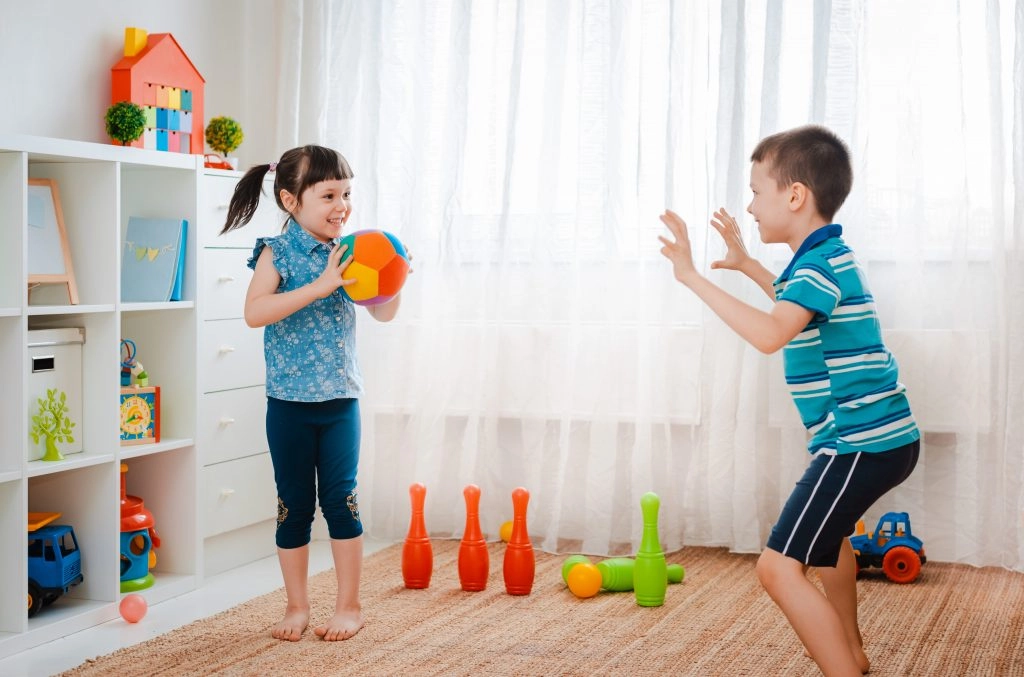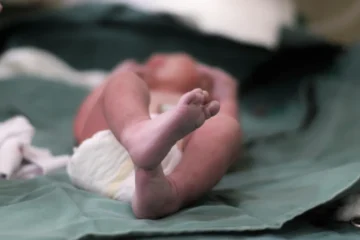If you’ve got an autistic child, you know how hard it can be to find activities that work. Regular playgrounds? Half the time, they’re either bored out of their minds or having a complete meltdown because everything’s too loud, too crowded, or just not right. But when you find movement activities that click with your child, it’s like watching them come alive.
Why These Kids Need to Move
Autistic kids’ brains are wired differently, and that includes how they process physical sensations. Some kids seek out intense movement – they’re the ones jumping off couches and spinning until they’re dizzy. Others avoid physical activity because it feels overwhelming. Movement-based play can work for both types because it gives kids control over how much input they get.
When your kid spends an hour bouncing, climbing, and sliding around, they’re not just burning energy. They’re giving their nervous system exactly what it needs to feel organized and calm. It’s like their brain finally gets to take a deep breath.
Finding Places That Work
Not every play space works for autistic kids. Regular playgrounds can be disasters – too many variables, too much chaos, and nowhere to escape when things get overwhelming. But places like the inflatable park in North Port have figured out what these kids need. Everything’s soft, the layout makes sense, and there are separate areas so your little one isn’t getting steamrolled by teenagers.
The predictability factor is huge, too. When kids know what to expect, they can relax instead of being on high alert for the next surprise. Clear rules, consistent staff, and the same setup every time mean your child can focus on playing instead of trying to figure out what’s going on.
Social Stuff Happens Naturally
Getting autistic kids to socialize can feel impossible sometimes. Traditional playdates often end in tears (yours and theirs). But something different happens during movement-based activities. Kids end up working together without even realizing it, helping each other through obstacle courses, taking turns on slides, and celebrating when someone conquers something scary.
These aren’t forced interactions where adults are prompting every conversation. Kids bond over shared challenges and victories, and suddenly your child who “doesn’t do well with other kids” is high-fiving strangers and asking when they can come back.
The Aftermath is Golden
Here’s what nobody tells you about good movement sessions: the benefits last way longer than the activity itself. Your kid who usually fights bedtime? They’re out like a light. The meltdowns over homework? Way more manageable. The constant fidgeting and inability to sit still? Much better.
It’s not magic, though it feels like it sometimes. All that physical activity helps regulate their sensory system, which makes everything else in their day easier to handle. Teachers love kids who’ve had good movement time because they’re calmer, more focused, and just generally easier to be around.
Movement-based play isn’t just about keeping autistic kids busy; it’s about giving them what their bodies and brains need to feel good. When you find the right activities in the right environment, you’re not just giving your child fun; you’re giving them tools to handle their world better.




